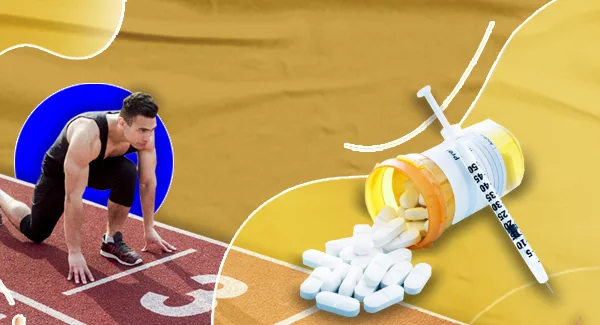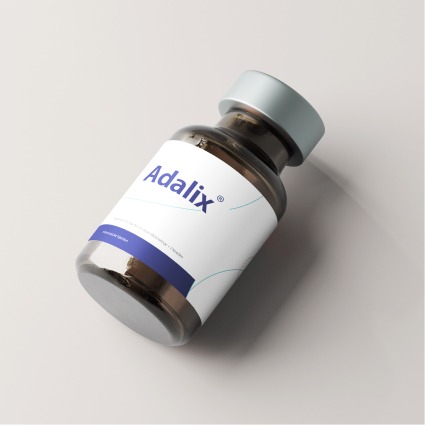Introduction
Erythropoietin (EPO), primarily used to treat anemia, has also gained widespread notoriety in the athletic world due to its misuse as a performance-enhancing drug. Athletes, particularly in endurance sports, have used EPO to boost red blood cell production, increasing oxygen delivery to muscles and improving stamina and endurance. This practice, known as blood doping, has been heavily regulated by sports authorities like the World Anti-Doping Agency (WADA). Yet, new detection methods and cases of misuse continue to emerge. This article delves into the latest scholarly findings as of October 2024, examining the impact of EPO on athletic performance, the evolution of detection methods, and the ethical considerations tied to its misuse.
The Impact of EPO on Athletic Performance
The performance-enhancing effects of recombinant human erythropoietin (rhEPO) are well-documented, particularly in endurance sports such as cycling, marathon running, and cross-country skiing. The administration of EPO increases hematocrit levels, thereby enhancing an athlete’s oxygen-carrying capacity. Research shows that athletes using EPO can experience improvements in VO₂ max (maximum oxygen uptake) by 10-15%, depending on the dosage and duration of administration. For instance, cyclists using EPO have demonstrated a 13-17% improvement in time-to-exhaustion tests.
Recent studies have categorized the dosage of EPO into three main ranges: low (<6875 IU/week), medium (6875–13,750 IU/week), and high (>13,750 IU/week). Higher doses often yield more significant performance gains but are also associated with greater health risks, particularly cardiovascular complications such as hypertension and thromboembolism.
Advances in EPO Detection Methods
Detecting EPO misuse remains a central challenge for anti-doping agencies. Traditional methods involve blood and urine tests that directly detect exogenous EPO. However, athletes have adapted, using micro-dosing strategies or gene doping to evade detection. As a response, new detection technologies have emerged. The Athlete Biological Passport (ABP) introduction has revolutionized doping control by monitoring an athlete’s hematological profile over time. Any sudden variations in blood parameters, such as hemoglobin or reticulocyte levels, can indicate EPO use even when direct detection is challenging.
Additionally, biomarkers that reflect the indirect effects of EPO on the body are being increasingly used. These biomarkers, combined with advanced techniques like mass spectrometry, have improved detection sensitivity by approximately 20-25% compared to previous methods. WADA’s continued refinement of testing methods, including retrospective testing, has led to more effective identification of doping athletes, though challenges remain with new EPO derivatives and gene doping.
Ethical Considerations and Health Risks
The misuse of EPO in athletics presents both ethical and health concerns. From a moral perspective, athletes who use EPO create an unfair playing field, compelling others to engage in doping practices to remain competitive. This undermines the integrity of sports and places athletes under immense pressure to either dope or fall behind. Moreover, despite its performance-enhancing effects, EPO carries significant health risks. In addition to increasing the risk of thromboembolism and heart attack, high doses of EPO can lead to polycythemia (excess red blood cells), which thickens the blood, elevating the risk of strokes and other life-threatening conditions.
A review of cardiovascular events in athletes using EPO found that those engaging in high-intensity endurance sports while doping were at a 30% higher risk of developing life-threatening cardiovascular issues compared to non-doping athletes. This stark increase in risk, particularly among athletes who used high-dose EPO regimens (13,750 IU/week or more), underscores the danger of such practices.
Looking Forward: Future Trends in EPO Doping and Regulation
As EPO misuse evolves, so too do the methods to combat it. Looking toward the future, advances in genetic doping pose new challenges for regulators. EPO gene doping, where athletes attempt to boost their own EPO production through genetic modifications, represents the next frontier of performance enhancement. Although still in experimental stages, this practice could circumvent traditional doping tests, making regulation even more difficult. Current efforts are focused on detecting abnormalities in gene expression related to EPO production, though this remains a developing area of anti-doping science.
In response to these challenges, the sports world continues to push for stricter regulations and improved detection methods. WADA is working on extending the application of genetic testing and refining the ABP to detect more subtle forms of doping. Ethical discussions surrounding EPO’s fairness and health risks continue to shape the future of anti-doping policies, with a strong emphasis on education and prevention.
With advanced R&D capabilities, Opal Biopharma accelerates drug formulation and product development for global clients.
Conclusion
The use of EPO in sports continues to present significant challenges to athletes, regulators, and the medical community. While EPO’s ergogenic effects are clear, the health risks and ethical dilemmas surrounding its misuse are equally pressing. As anti-doping technologies advance, regulators are better equipped to detect and combat EPO abuse. Still, athletes and sports organizations must work together to preserve the integrity and fairness of competition. With the advent of genetic doping and more sophisticated evasion techniques, the battle against EPO doping is far from over, but advancements in detection offer hope for the future of clean sport.

